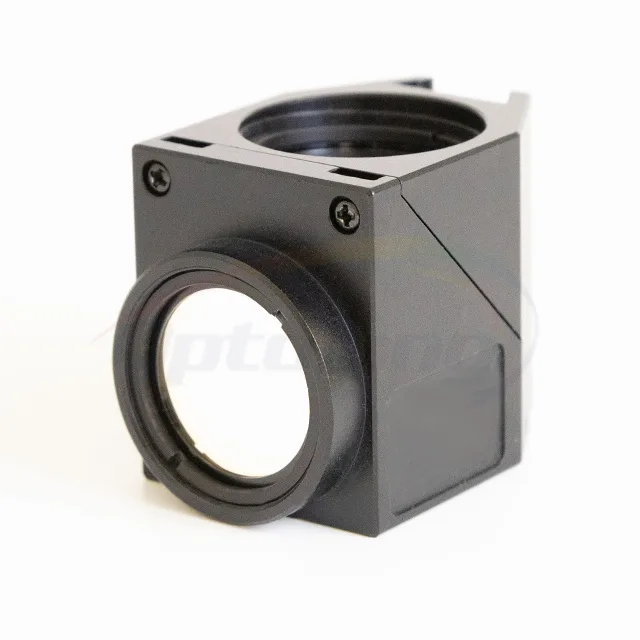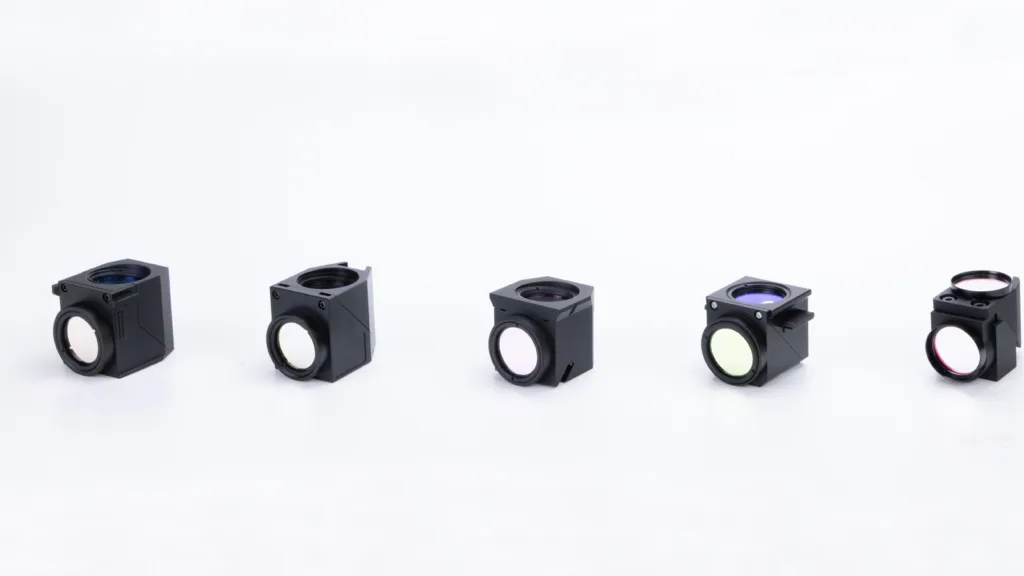Introduction
We’re glad you’ve found our in-depth resource on “Can I see Microscope Filter.” In this post, we’ll dig into the fascinating world of tomato fluorescence and consider how a Texas Red filter may be used to observe this phenomenon. This page will give you useful information and answers to frequently asked questions, whether you’re an inquisitive fan or a researcher seeking insights. So let’s get started!

Can I See Microscope Filter?
Microscope Filter refers to the emission of light by tomatoes when exposed to certain wavelengths of light. This phenomenon occurs due to the presence of specific pigments, such as chlorophyll and carotenoids, in the tomatoes’ cells. The emitted light is typically in the red or near-infrared spectrum, which is where the Microscope Filter comes into play.
The Microscope Filter is designed to allow the transmission of light in the red spectrum while blocking other wavelengths. By using this filter, it is indeed possible to observe the fluorescence of tomatoes, provided the conditions are optimal. Let’s explore this further.
The Science Behind Microscope Filter
Optolong contain chlorophyll, which is responsible for their green coloration. However, under certain conditions, chlorophyll can absorb light and emit fluorescence in the red spectrum. This fluorescence is a result of energy transfer within the tomato cells, leading to the emission of light at longer wavelengths.
Apart from chlorophyll, Optolong also contain carotenoids, which contribute to their vibrant colors. These pigments can absorb light in the blue spectrum and transfer energy to chlorophyll, enhancing the fluorescence effect. The combined action of chlorophyll and carotenoids results in the fascinating phenomenon of tomato fluorescence.
Observing Tomato Fluorescence Using a Texas Red Filter
To observe tomato fluorescence using a Texas Red filter, you need the following:
Fresh tomatoes: Choose ripe tomatoes with vibrant colors for the best fluorescence effect.
Texas Red filter: Ensure you have a high-quality Texas Red filter that is specifically designed to transmit light in the red spectrum.
Light source: Use a suitable light source that emits light in the blue spectrum, as it will excite the tomato pigments and trigger fluorescence.
Dark environment: Create a dark environment to minimize external light interference and enhance the visibility of tomato fluorescence.
Once you have the necessary equipment and setup, follow these steps to observe tomato fluorescence:
Prepare the tomatoes: Slice the tomatoes into thin sections to expose a larger surface area for fluorescence.
Illuminate the tomatoes: Position the light source at an appropriate distance and angle to ensure optimal illumination of the tomato slices.
Apply the Texas Red filter: Place the Texas Red filter in front of your eyes or the camera lens to observe the fluorescence.
Observe and document: Look closely at the tomato slices and observe any red or near-infrared fluorescence. You can capture images or record videos to document the phenomenon.
Remember, the visibility and intensity of tomato fluorescence can vary depending on factors such as tomato variety, ripeness, and lighting conditions. Experimentation and adjustments may be necessary to achieve the best results.
Conclusion
In conclusion, the fascinating phenomenon of tomato fluorescence can indeed be observed using a Texas Red filter. By harnessing the power of specific filters and understanding the underlying science, researchers and enthusiasts can delve into the world of tomato fluorescence and explore its potential applications. Whether it’s unraveling the mysteries of plant physiology or simply satisfying your curiosity, observing tomato fluorescence opens up a new realm of knowledge and wonder.
So, next time you encounter a ripe, vibrant tomato, remember to ask yourself, “Can I see tomato fluorescence in Texas Red filter?” The answer lies in the magical world of chlorophyll, carotenoids, and the captivating properties of light.

Frequently Asked Questions (FAQs) – Continued
Q: Can tomato fluorescence be observed without a Texas Red filter?
No, observing tomato fluorescence without a Texas Red filter is challenging. The Texas Red filter specifically allows the transmission of light in the red spectrum, which enhances the visibility of tomato fluorescence. Without the filter, the emitted fluorescence may be difficult to distinguish from the ambient light.
Q: Are there other filters that can be used to observe tomato fluorescence?
Yes, apart from the Texas Red filter, there are other filters available that can be used to observe tomato fluorescence. Filters such as the Rhodamine filter and the Cy5 filter also transmit light in the red spectrum and can be suitable for this purpose. However, it is important to ensure that the filter you choose has appropriate spectral properties to effectively observe tomato fluorescence.
Q: Can tomato fluorescence vary among different tomato varieties?
Yes, tomato fluorescence can vary among different tomato varieties. The levels of chlorophyll and carotenoids, as well as their distribution within the tomato cells, can differ among varieties. As a result, some tomato varieties may exhibit stronger fluorescence compared to others. Experimenting with different tomato varieties can provide interesting insights into the variation of tomato fluorescence.
Q: Can tomato fluorescence be used for scientific research?
Yes, tomato fluorescence has applications in scientific research. It can be used to study various aspects of plant physiology, such as photosynthesis, cellular metabolism, and stress responses. By analyzing the intensity and patterns of tomato fluorescence, researchers can gain valuable information about the health and functioning of tomato plants.
Q: Is tomato fluorescence visible to the naked eye?
Tomato fluorescence is generally not visible to the naked eye under normal lighting conditions. It requires the use of appropriate filters, such as the Texas Red filter, to enhance the visibility of the emitted fluorescence. The human eye is more sensitive to the green spectrum, making it difficult to perceive red or near-infrared fluorescence without aid.
Q: Can tomato fluorescence be observed in other plant species?
Yes, fluorescence phenomena can be observed in various plant species, including other fruits and vegetables. Different plants may exhibit fluorescence in different spectral ranges, depending on the pigments present in their cells. Exploring the fluorescence of other plant species can be a fascinating avenue for research and discovery.
